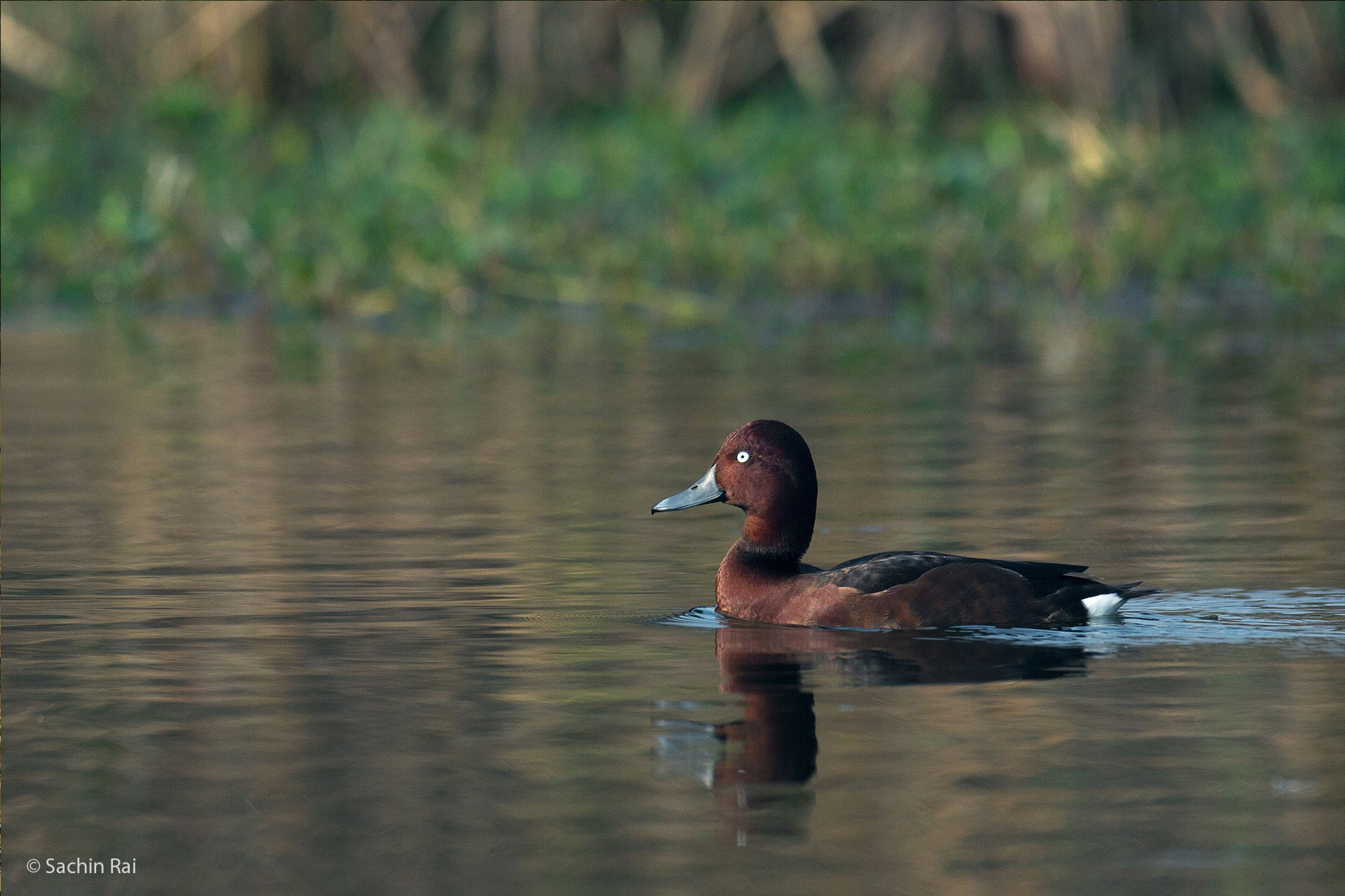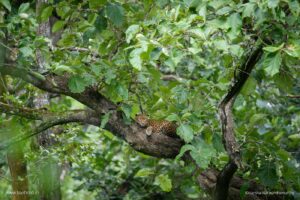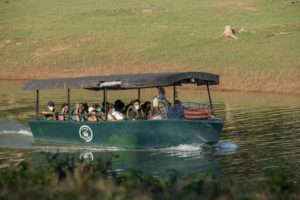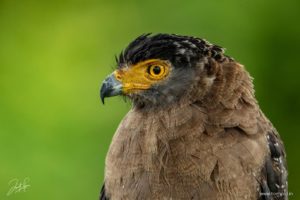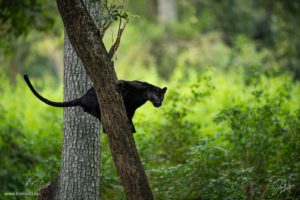Every winter, India becomes home to several migratory birds that fly from different parts of the globe. We pick seven of them for you, all of which you can see and photograph on our Photo Tours!
1. MacQueens’s bustard
The MacQueen’s bustard is known to be very quiet, except for the males’ sounds that accompany their spectacular display, which is flamboyant with raised white feathers. The plumage of both the males and the females is almost the same except that the females are a little smaller. They feed mainly on seeds, berries, insects and other invertebrates, and draw all the moisture their bodies need from their diet and don’t have to drink water! This partial latitudinal migrant can steal your heart if you choose to go on our Desert Storm: Little Rann of Kutch Bird and Wildlife Photography Tour this December.
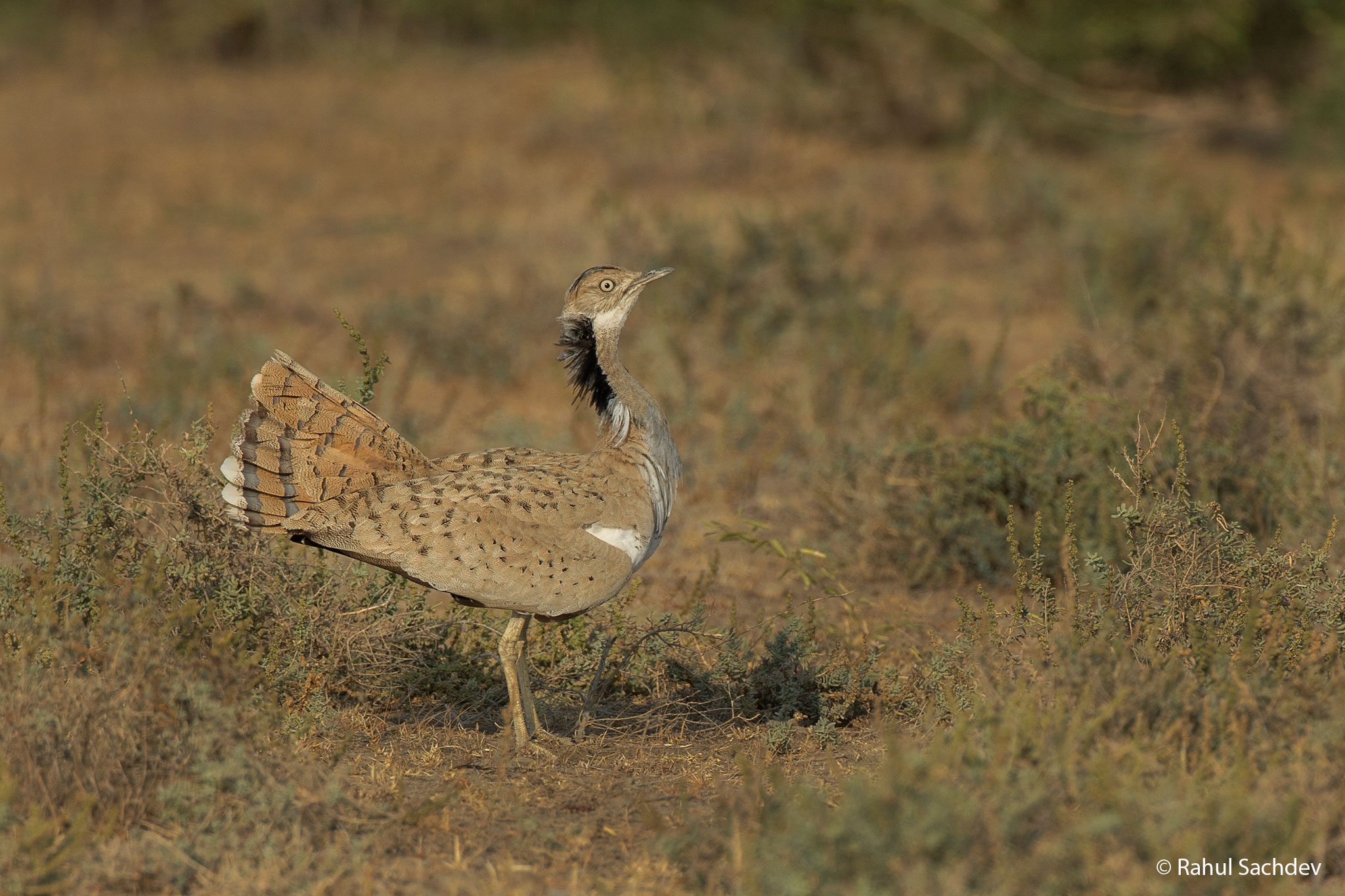
2. Short-eared owl
Found mostly in open country and grasslands, the short-eared owl is a ‘flame-coloured’ avian beauty. Although it has large eyes, a short neck, broad wings and a big head, it weighs less than half a kilo. With a significantly streaked upper breast and a plumage mottled brown, the short-eared owl can gaze deep into your being with its yellow-orange eyes embellished with encircling black rings. Being monogamous means they like the close company of only one of their kind, but they like the company of rodents very much and are known to migrate to places where their population is high. Say ‘hello’ to this nocturnal beauty on our Desert Storm: Little Rann of Kutch Bird and Wildlife Photography Tour this December.
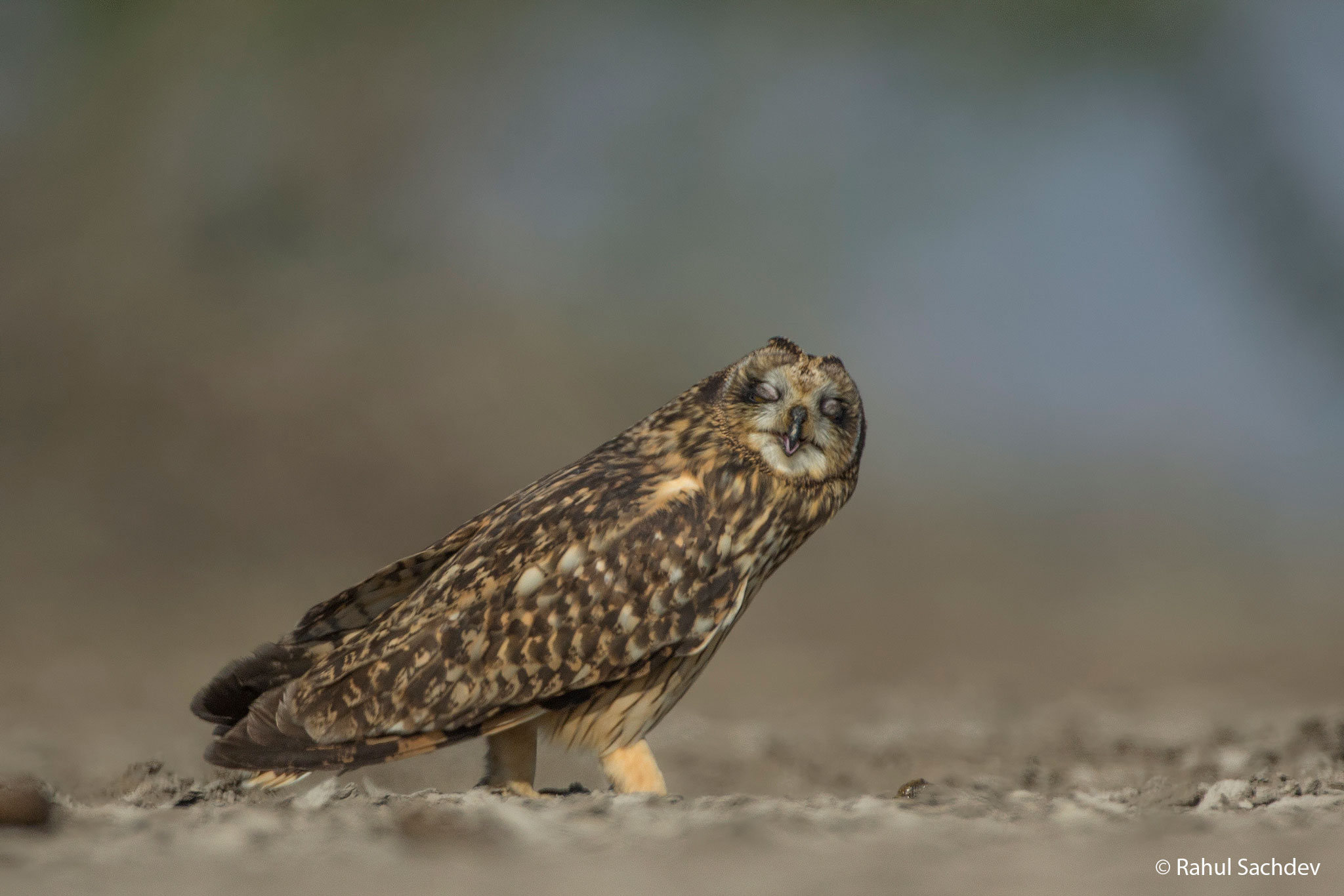
3. Hoopoe lark
Formerly known as the bifasciated lark, the greater hoopoe-lark is a long-legged, slender-bodied large bird that inhabits arid, semi-desert and desert regions. They forage by walking and running in spurts, digging and probing the ground, feeding mostly on insects, small lizards and other invertebrates, and seeds. Young greater hoopoe larks are known to be capable of fast running even before they can fly. Let your love for the greater hoopoe lark grow on our Desert Storm: Little Rann of Kutch Bird and Wildlife Photography Tour this December.
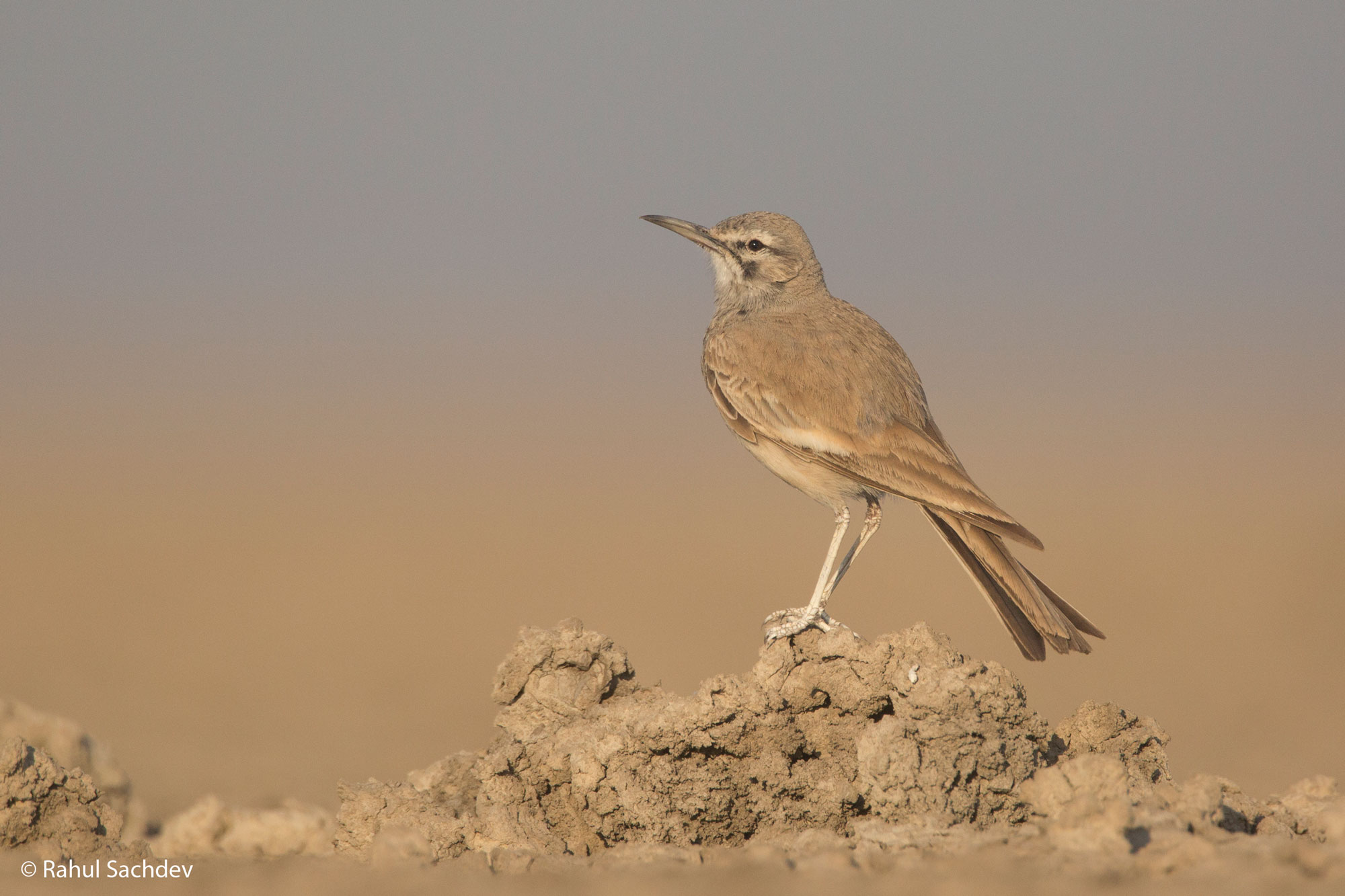
4. Ibisbill
A long red down-curved bill, a pair of red legs, a black face and a prominent breast band, grey wings and white belly together make the picture of an ibisbill, whose appearance is unmistakable. Ibisbills are generally solitary. They are known to be good swimmers and hence prefer crossing rivers by swimming to flying. They are quite inert during winter, but are noisy and active with the approach of the breeding season. They aren’t really shy of humans, so you might have great chances of spotting this beauty on our Giants of the Floodplains: Kaziranga Wildlife Photography Tour in January.
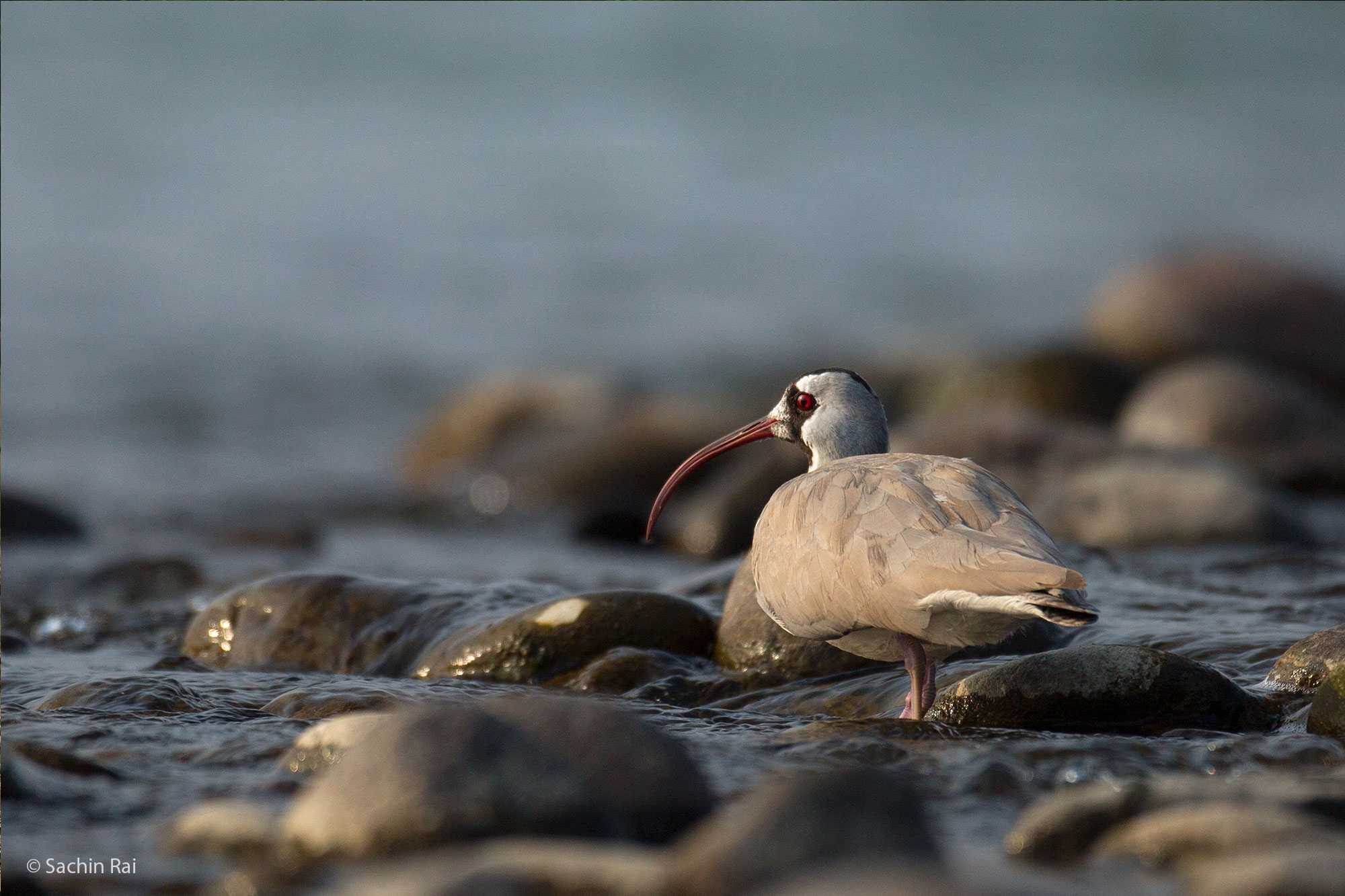
5. Common goosander
Known as a large duck of rivers and lakes in forested areas, the common merganser or goosander is a waterbird with serrated edges to their bills that help them grip their prey firmly. They feed on aquatic prey – a mostly fish, molluscs worms, crustaceans, amphibians and insect larvae. The common goosander is as much a frequenter of salt water as fresh water, and floats down with streams and rivers for a few miles and flies back or even better, fishes its way back by diving relentlessly the whole way. But once they are airborne, the flight is strong and rapid. You may be fortunate to witness a goosander in action on our next Giants of the Floodplains: Kaziranga Wildlife Photography Tour in January.
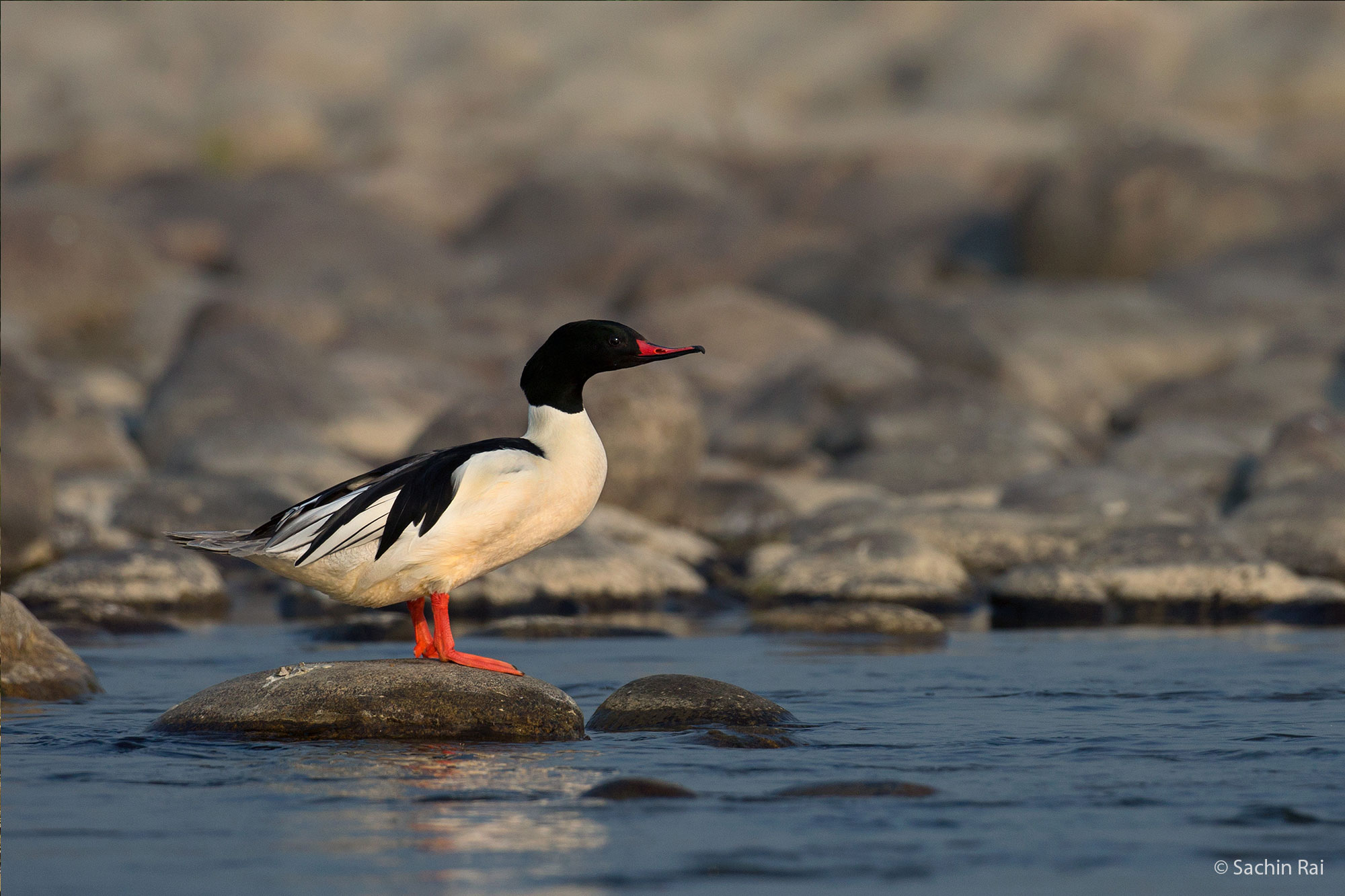
6. Bar-headed goose
Bar-headed geese are known to show high wintering fidelity when they migrate over the Himalayan mountains to spend the winter in South Asia. In India, they can be found from Assam to as far south as Tamil Nadu. Also considered the closest to the idea of Hamsa in Indian mythology, the bar-headed goose is one of the world’s highest-flying birds, believed to reach 27,825 feet. You can see this serene goose in a down-to-earth mood on our Giants of the Floodplains: Kaziranga Wildlife Photography Tour in January.
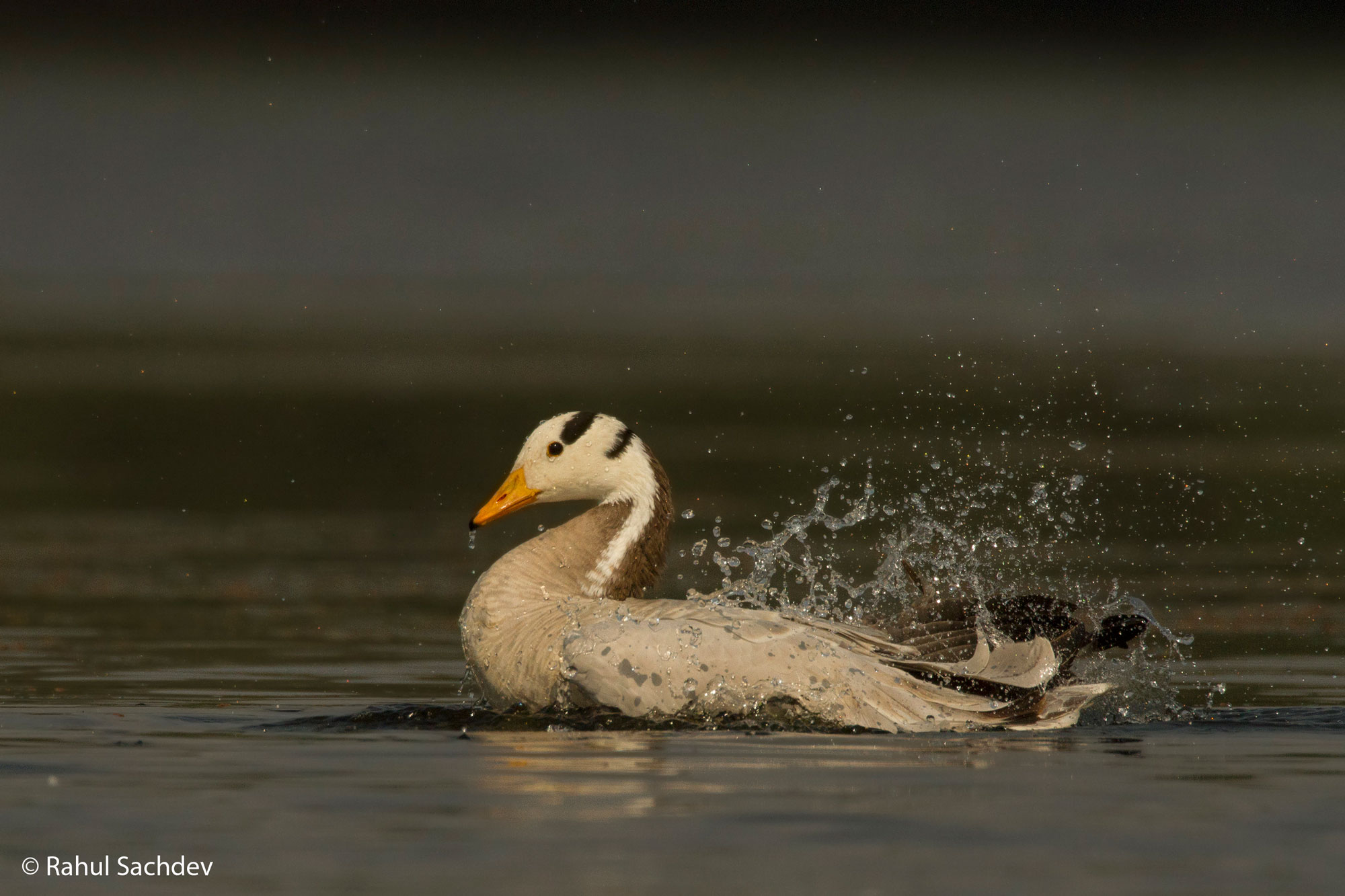
7. Ferruginous pochard
Also called the ferruginous duck, the ferruginous pochard is a gregarious bird, forming big flocks in winter. The male is a deep chestnut colour that gets darker on its back. It has a yellow eye and its pure-white undertail helps to distinguish the ferruginous pochard from the tufted duck. The female is quite similar to the male except for a duller tone of colour. They either dabble or dive and feed on aquatic plants and aquatic insects, small fish and some molluscs. This African-Eurasian migratory bird can be seen on our Giants of the Floodplains: Kaziranga Wildlife Photography Tour in January.
